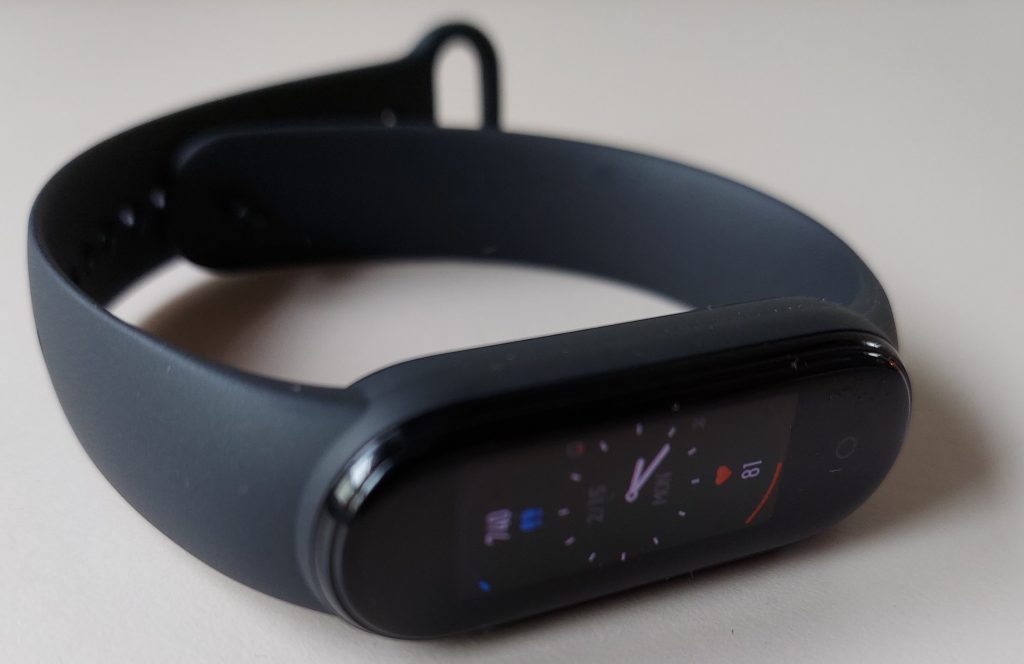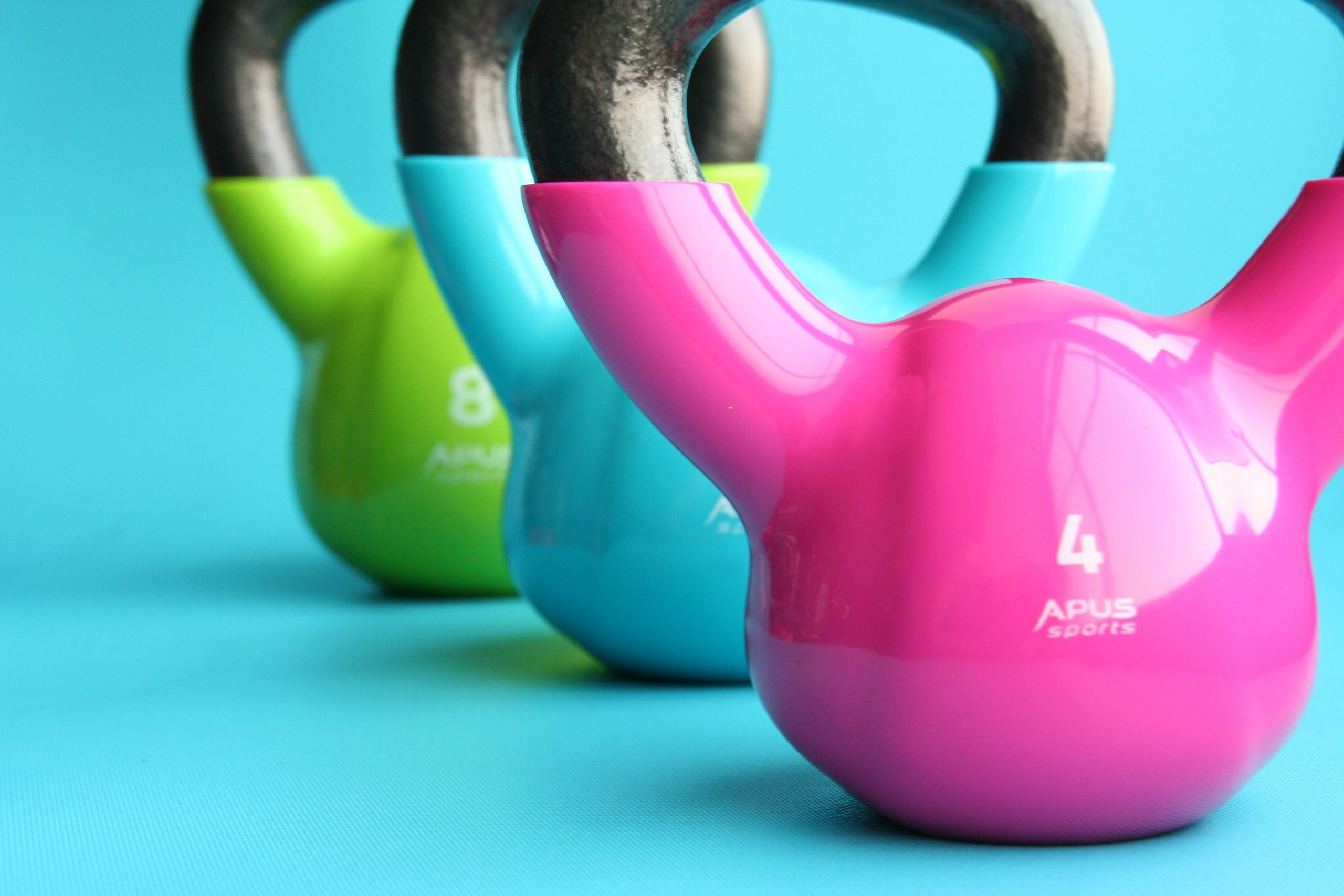Cardiovascular exercise basics, fitness data tracking, and high intensity interval training are covered in this blog part 1. Breathing exercises, resistance training and measurement, and whole-body vibration devices will be covered in part 2 mid-month.
Disclaimer – The views expressed in this blog belong solely to the author and do not provide health care advice. Always seek the advice of your physician or other qualified health provider with any questions you may have regarding a medical condition. The author is not affiliated in any way with the companies and devices mentioned in this blog.
- Cardiovascular exercise basics
“All of your energy is coming from cells and cells only have energy when they get enough oxygen.”
If you have chronic pain or fibromyalgia it is likely you may have a reduced fitness level. This may not have always been the case, in fact you may have been very active before the pain started. Cardiovascular exercise has been proven to be a successful treatment for fibromyalgia and chronic pain. The benefits of cardiovascular exercise include increased blood flow, restored muscle function and endurance, improved sleep, regulated weight, improved immune system, improved brain function, improved mood, and decreased risk of falling. Brisk walking, hiking, cycling, swimming, running, aerobics are just some examples of cardiovascular exercise. It is recommended by the American Heart Association that you get 150 minutes of moderate level or 75 minutes of vigorous exercise a week. Before you start any exercise program, always discuss it with your physician.
- Fitness data tracking
It’s all about data. Measuring your aerobic activity and impact on the body is essential to fine tuning an exercise program that works for you. Measuring your activity and time in the different heart rate zones is important to ensure you are getting the right amount of exercise, and then measuring your recovery to ensure you are not doing too much. Your target heart rate is generally expressed as a percentage (usually between 50 percent and 85 percent) of your maximum safe heart rate. The maximum rate is based on your age, as subtracted from 220. So for a 50-year-old, maximum heart rate is 220 minus 50, or 170 beats per minute. To get the most benefit, aerobic exercise should be in the 50 to 85% maximum aerobic capacity for your age and initially last 20 minutes, three times a week. Daily moderate exercise provides the best results for early treatment. However, you must listen to your body and know its limits. Never work through pain or extreme tiredness in order to avoid causing a flare.
For measuring the basics like heart rate and activity time any one of the trackers at this site would work or just search the internet for top fitness trackers. Several reviews list the Fitbit Charge as one of the best overall trackers. It also measures resting heart rate during sleep which is an important aspect of your body’s recovery and can be used to monitor if you have exercised too hard and need to rest. I use the Oura ring for sleep tracking and one of my favorite features is the readiness level score and the tips it offers. It monitors resting heart rate, HRV balance (heart rate variability trend over time, and recovery index (how long it takes for your resting heart rate to stabilize during the night). Although the Oura ring is a good device for sleep tracking and recovery it is not as helpful as a fitness tracker. The Oura ring measures movement with the 3D accelerometer and converts it into steps. The activity tracker provides daily movement graphs in the high medium, and low range. It measures metabolic equivalents (energy expenditure and intensity for different physical activities). A quote from the Oura site also suggests using a fitness tracker for better activity insights:
“Given that workouts with minimal or slow hand movements such as yoga, cycling, pilates or strength training are more challenging for the 3D accelerometer inside your Oura Ring to measure, importing workouts from Apple Health or Google Fit are a great way to improve the accuracy of your activity insights if you frequently take part in these exercises.”
Sport watches and bands (e.g., Fitbit, Apple watch, Garmin, Polar) that have added features such as ECG monitoring, HRV monitoring, and GPS will typically provide greater accuracy for an athlete.
For a budget fitness tracker, the Mi Band 5 or the Amazfit Band 5 do provide reasonable tracking with good battery life. It’s motivating and will help you stay active.

Figure 1. Mi Band 5
A product review for the Mi Band 5 is at this link: https://www.youtube.com/watch?v=gklAFM9FJD8
Some of the sport watches and fitness trackers monitor stress levels either using electrodermal activity (EDA) based on electrical changes in sweat on your skin or based on heart rate variability (HRV) measured with an optical heart rate monitor and combined with stress models. The accuracy of these devices leaves room for improvement, however, the trends over time can provide helpful information.
- High Intensity Interval Training (HIIT)
There have been several studies on aerobic exercise and fibromyalgia. Aerobic exercise training can be an effective treatment as summarized in the study below.
“it appears that aerobic exercise training can be effective in improving our major fibromyalgia outcomes of health‐related quality of life, pain intensity, stiffness, and physical function.” Biodonde, et al.
In this paper, several of the past studies on aerobic exercise were reviewed and they were not able to identify any one approach as better than another (ie., “hack”) the effectiveness.
“At the same time, the heterogeneity of exercise protocols leads us to speculate that benefits of aerobic exercise training may be achieved through a variety of combinations of intensity, duration, frequency, and mode. In general terms, most interventions in this review were supervised, frequency was three times per week, average duration was 35 minutes, intensity progressed from light to vigorous, and interventions were provided for 15 weeks.” Biodonde, et al.
High Intensity Interval Training (HIIT) is well known for reducing the time of exercise while maintaining similar health benefits. Is this a potential method for “hacking” the time commitment to aerobic exercise? HIIT training is usually done with high intensity intervals of one to a few minutes, followed by intervals of reduced intensity or rest of seconds to minutes. HIIT training sessions can be as short 15 to 20 minutes.
There was a recent study on fibromyalgia and the effectiveness of High Intensity Interval Training (HIIT) compared to Moderate Intensity Continuous Training (MICT) aerobic exercise. The HIIT intervals consisted of 3-4 minutes high intensity (80 to 95% maxHR) followed by 3-4 minutes of low intensity (30-50%max HR) for 20 to 25 minutes, five times a week. The MICT (65-70% max HR) aerobic exercise was for 30 to 45 minutes, five times a week. Strengthening and stretching exercises followed the aerobic training for both groups. In this study, the high intensity time is around 45 to 60 minutes (3-4 minutes, 3 cycles, 5 times a week) compared to the recommended 75 minutes of vigorous intensity weekly for the HIIT and the moderate intensity MICT is at the 150 minutes weekly minimum recommended. The study concludes:
“The HIIT plus strengthening and stretching exercises and MICT plus strengthening and stretching exercises interventions showed significant improvements for the effect of fibromyalgia, pain degree, functional capacity, and quality of life compared with the control group. HIIT was not superior to MICT. Furthermore, body composition parameters were improved significantly only for the MICT group.” Atan, et. al.
So in general my take-away from this study is that you can use HIIT to “hack” the time needed for aerobic exercise with similar overall well-being benefits (with the exception of body composition). In fact, you can modify the HIIT cycles used in the study to reduce the low intensity interval time and add a cycle or two to achieve the American Heart Association’s 75 minute vigorous activity recommended time for the week. In general it is suggested you check with your doctor first before starting an exercise routine. High intensity interval training exercise may not be appropriate for some people.
I like the YouTube Cocolime channel which has videos specifically for those with chronic pain, fatigue and fibromyalgia. A general aerobic workout and HIIT workout are listed at the links below.
I will post mid-month part 2 of this blog on muscle resistance training including breathing exercises, resistance training and measurement, and whole-body vibration devices. Please bookmark this site!



